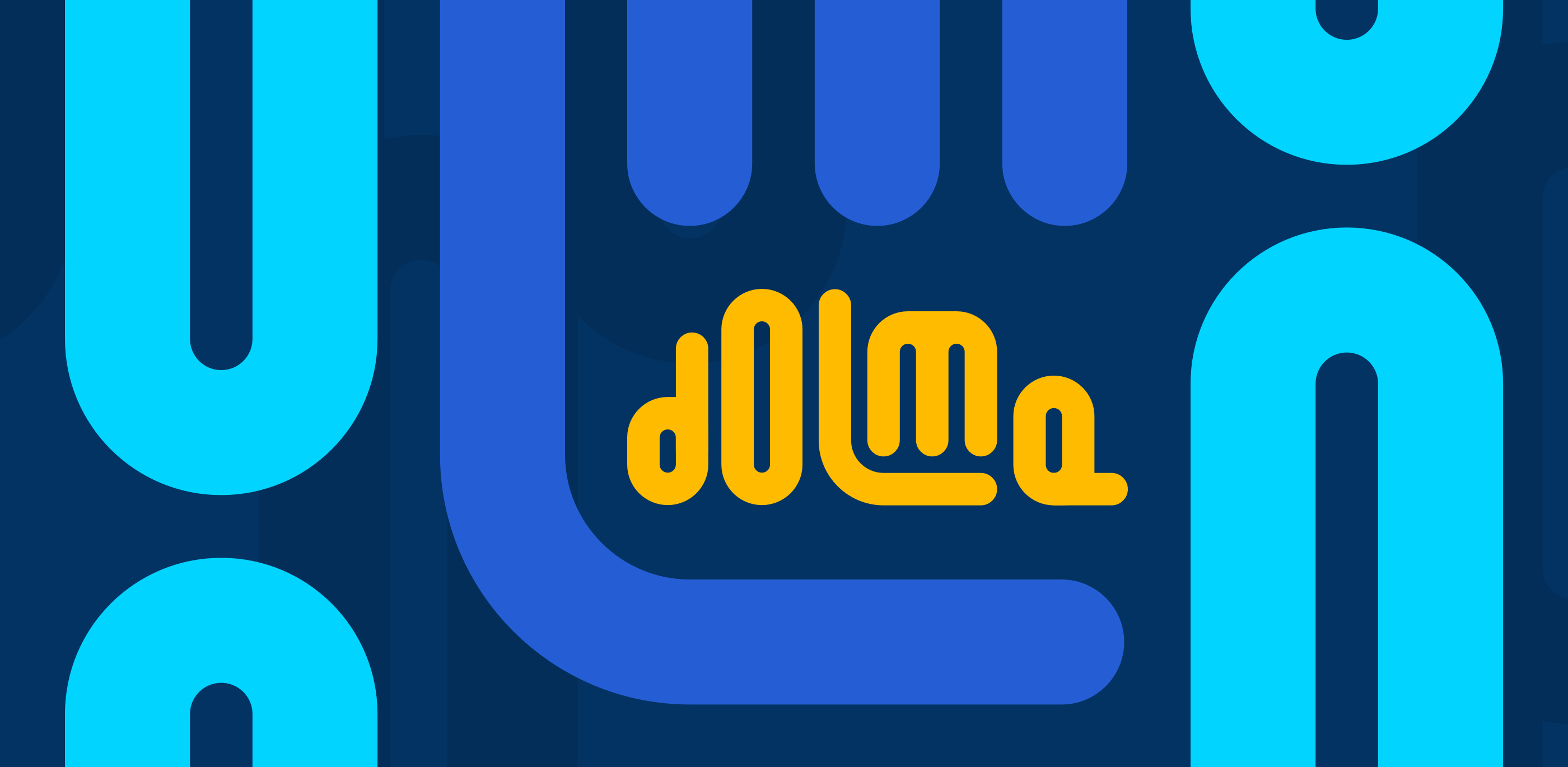Dolma: an Open Corpus of Three Trillion Tokens for Language Model Pretraining Research
Language models have become a critical technology to tackling a wide range of natural language processing tasks, yet many details about how the best-performing language models were developed are not reported. In particular, information about their pretraining corpora is seldom discussed: commercial language models rarely provide any information about their data; even open models rarely release datasets they are trained on, or an exact recipe to reproduce them. As a result, it is challenging to conduct certain threads of language modeling research, such as understanding how training data impacts model capabilities and shapes their limitations. To facilitate open research on language model pretraining, we release Dolma, a three trillion tokens English corpus, built from a diverse mixture of web content, scientific papers, code, public-domain books, social media, and encyclopedic materials. In addition, we open source our data curation toolkit to enable further experimentation and reproduction of our work. In this report, we document Dolma, including its design principles, details about its construction, and a summary of its contents. We interleave this report with analyses and experimental results from training language models on intermediate states of Dolma to share what we have learned about important data curation practices, including the role of content or quality filters, deduplication, and multi-source mixing. Dolma has been used to train OLMo, a state-of-the-art, open language model and framework designed to build and study the science of language modeling.
PDF Abstract

 GLUE
GLUE
 SNLI
SNLI
 GSM8K
GSM8K
 C4
C4
 HumanEval
HumanEval
 HellaSwag
HellaSwag
 SuperGLUE
SuperGLUE
 WebText
WebText
 SICK
SICK
 WSC
WSC
 The Pile
The Pile
 COPA
COPA
 WebNLG
WebNLG
 S2ORC
S2ORC
 e-SNLI
e-SNLI
 SciQ
SciQ
 The Stack
The Stack